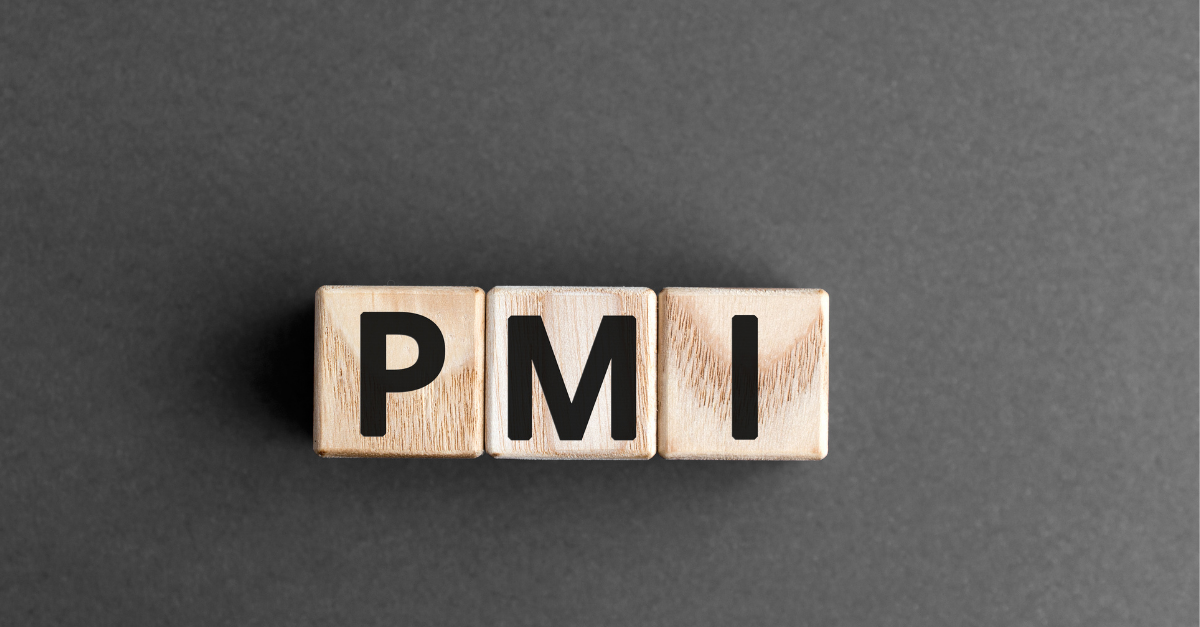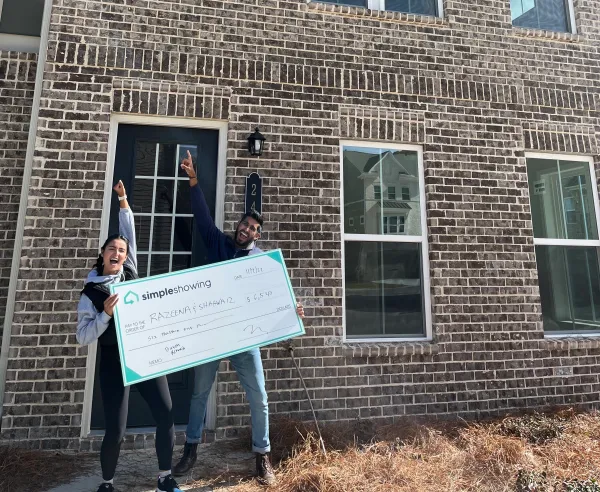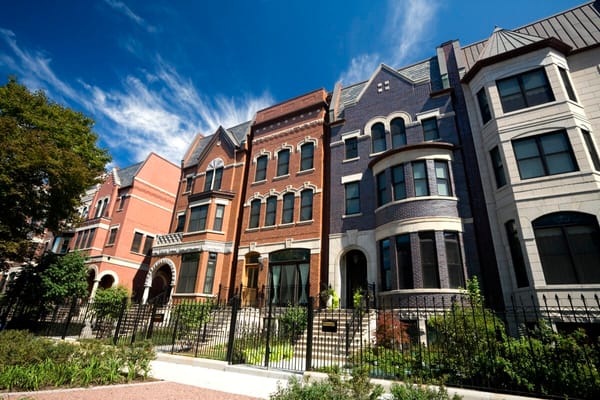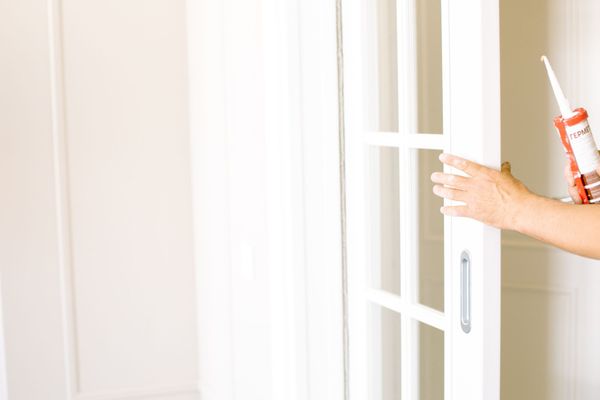When moving through the final steps of the mortgage approval process, most homebuyers will probably encounter the term: private mortgage insurance or PMI.
What is PMI, how much does it cost and how can you avoid it?
Make sure you know the answers to these and other questions like – will I be required to get PMI, and what overall fees are involved – before you make your final decision.
How Does PMI Work?
PMI is a monthly insurance payment you’ll have to make if you put less than 20% down on your house. It is a requirement by the lender for homeowners falling into this category.
PMI gives mortgage companies a backup if a house falls into foreclosure. If the homeowner can’t make their monthly mortgage payments, a bank can recover about 80% of a home’s value at a foreclosure auction if the bank has to seize the house.
For their protection, banks require you to pay this insurance policy – PMI. This enables them to make up the other 20%.
Remember PMI helps the bank– not your ability to pay your own mortgage. They are the ones taking on the risk of 80%.
Once you have to pay PMI, you must pay those insurance premiums to the bank whether you go into foreclosure or not. So even if you never default on your mortgage, you have to keep paying those premiums every month until you've met the 20% threshold.
How Can You Avoid PMI?
If it is required of you and you are already stuck paying PMI, your first course of action should be to try to eliminate those extra (often hundreds) of dollars per month added to your mortgage payment. Finding a way to lower or get rid of PMI makes sense.
3 Ways to Avoid PMI
- Start with paying an extra mortgage payment every month. While this is easier said than done, overpaying your mortgage payment every month and reaching the point that you owe 80% or less is a great idea. PMI can cost anywhere from 1% to 2.25% of the total mortgage. That could cost you more than $5,000 over a period of two years depending on the amount borrowed.
- Get a new appraisal. If your home’s value is worth more now than it was a year ago, equity has built up for you. Situations where this may occur include when more people moving to your area so your property is more valuable (due to supply and demand), or it could just be the (often finicky) nature of the housing market. At any rate, you should ask for a new home appraisal from your lender if you think your home value has gone up enough to raise your equity by more than 20%. If it’s found that you owe less than 80% of the new appraisal, you should request that your lender end PMI. You will have to pay for the new appraisal and follow up in asking your lender to do this, but this step can equal big savings for you.
- Avoiding PMI altogether. As mentioned above, the way to avoid PMI is to put down 20% or more of your future home’s cost.This could mean you have to do some serious saving to reach that magic number, but the amount of money you can save by avoiding PMI is tremendous! If this is just not an option, another thing to consider is that PMI varies depending on the type of mortgage you get. If you are considering an FHA loan or a non-traditional mortgage, be careful. These loans offer almost nothing down and low monthly payments. But that comes with a price. For example, FHA loans were designed for first-time homebuyers in order to make it easier for someone to own their first home. However, you’re required to keep PMI for the full term of the loan. PMI adds on an extra $100 per month to your mortgage for every $100,000 borrowed. If you’ve borrowed $200,000, you will pay an extra $200 per month!
How Much Does PMI Cost?
For traditional mortgages you get from a bank or a mortgage company, PMI premiums are calculated using the total of your loan and range from 0.55% to 2.25% of the loan – sometimes more.
For example, if you are paying $250,000 for your home, and you have 10% to put down, your down payment is $25,000. That brings your total loan amount to $225,000.
If your PMI rate is 1%, your monthly PMI payment is $187.50. That is $2,250 per year!
You can pay this annual premium upfront with your closing costs or split it into monthly payments over the first few years of your mortgage payments. If you are paying PMI monthly, you will also be paying interest on that PMI premium. That’s not good!
PMI is arranged through mortgage companies own providers. Your lender will tell you upfront how many PMI payments you have to make and for how long.
You’ll be able to stop paying PMI (unless you can take advantage of the suggestions above) on the date that your lender has calculated that your principal balance on your mortgage reaches 78%of the original appraised value of your home.
It’s important to remember: a shorter term, fixed-rate mortgage will save you thousands in interest. But there are other factors to consider. It’s not just about your interest rate. Certain types of loans can save you a lot of money. Fees add up and PMI is definitely one of them.
No matter what a potential homeowner’s goal is, their particular budget and needs are what matters. The true costs of all facets of a mortgage loan have to be considered. Understanding PMI is a huge step to finding your best loan option.
Talk With A Mortgage Specialist To Discuss Your Options
As you can tell if you're just starting the home search process for the first time, there's a lot to learn about taking out a mortgage and the costs involved.
If you're unsure of where to start, we can connect you with a SimpleShowing Real Estate Agent who can point you in the right direction. We'll connect you with one of our preferred lenders who can answer all of your questions regarding a mortgage and PMI.
Plus, when you buy a home with a SimpleShowing Agent, we'll give you $5,000 on average towards your closing costs.
Conclusion
Understanding the role of PMI or Private Mortgage Insurance is pivotal to making smart home financing decisions. When you opt for a conventional loan with less than a 20% down payment, your mortgage lender will likely require you to have borrower paid mortgage insurance. On the other hand, an FHA loan obliges you to have FHA mortgage insurance. It's essential to distinguish these from other types of insurance like homeowners insurance and mortgage protection insurance, which provide different types of coverage.
Meanwhile, lender paid mortgage insurance is another PMI variation that can affect your monthly mortgage payment. In this case, the lender pays the mortgage insurance premiums but usually passes the cost to you, the borrower, in the form of a higher interest rate. It is also significant to note that the cost of your monthly mortgage insurance premium depends on factors such as your loan balance and loan-to-value ratio. You might want to closely consider these aspects as you chart your path towards homeownership.
Ultimately, having PMI provides an opportunity for prospective homeowners who cannot afford a hefty down payment to still be able to purchase their dream home. By better understanding your options, including conventional loans, FHA mortgage insurance, borrower or lender paid mortgage insurance, and the influence of your loan balance and loan-to-value ratio on your monthly mortgage insurance premium, you can make a well-informed decision. Always remember, the key to a successful home purchase lies not just in securing the best rates, but also in understanding and efficiently navigating the complexities of the mortgage process.






